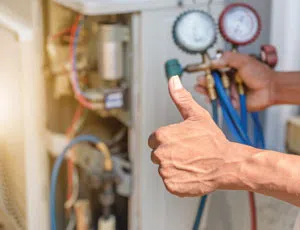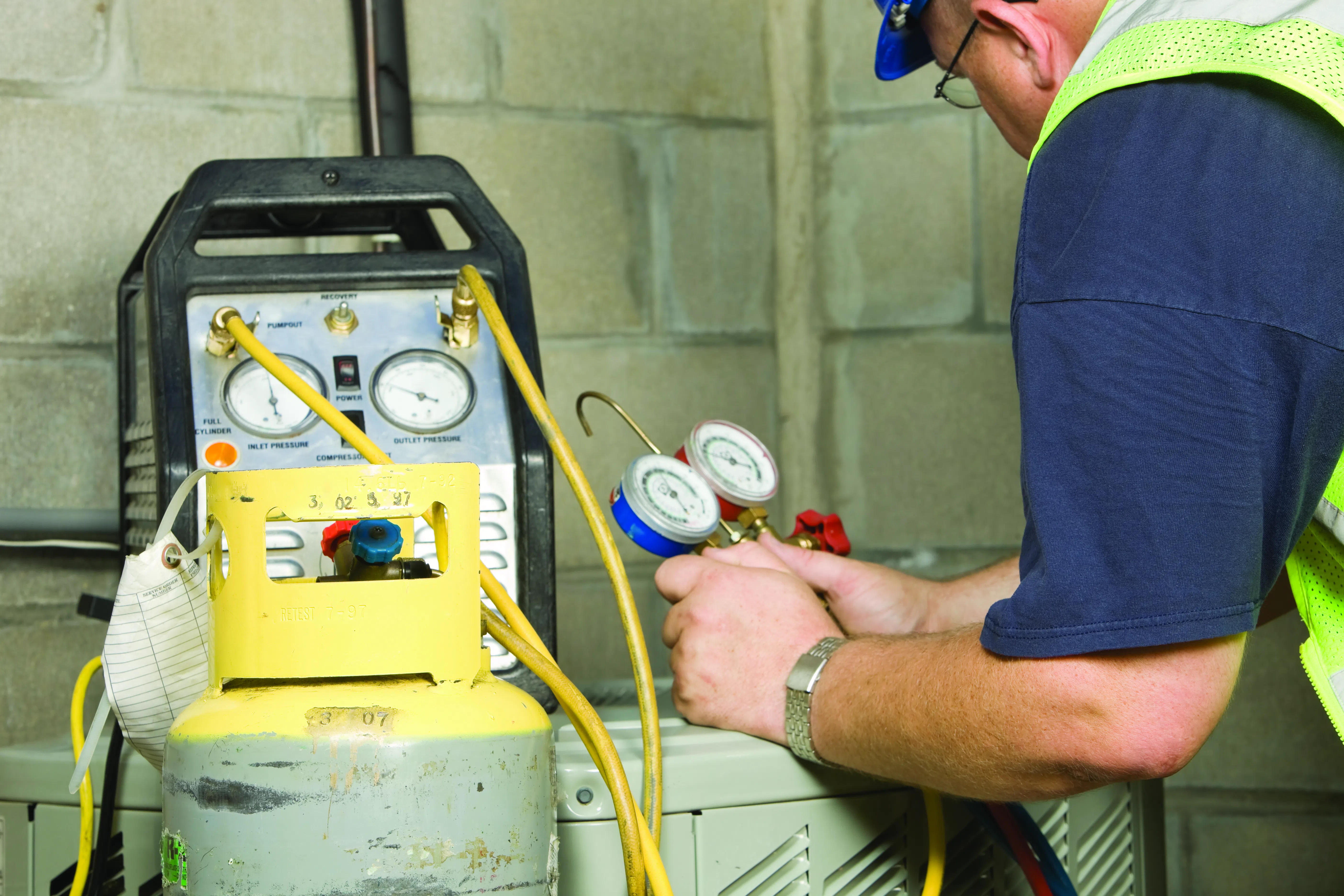Because of inaction at the federal level for the past two years, state governments have passed or proposed legislation to phase out HFC refrigerants.
For the past few months there has been significant action from state governments to address greenhouse gas emissions, and there is more action coming from the states and the Democrat-led House of Representatives.
Environmental groups, climate activists, and the elected officials who support their causes are working to reduce/phase down/eliminate greenhouse gases and one of their top targets are hydrofluorocarbon (HFC) refrigerants, like R410a.
R-22 is being eliminated because it is an ozone-depleting substance and, since the U.S. Senate ratified the Montreal Protocol on Substance that Deplete the Ozone Layer, the U.S. is obligated to follow an international phaseout schedule. The R-22 phaseout began in 2010, and although it is still being phased-out of the market, there are efforts underway to eliminate the use of R410a, which has a high global warming potential (GWP).
The phaseout of high GWP refrigerants began as an Obama Administration effort but was not (and is not likely) a priority for the Trump Administration. The Obama Administration’s goal was to adopt the Kigali Amendment to the Montreal Protocol, an international treaty that set the phasedown schedule of HFC refrigerants.
While the Kigali Amendment was a priority for former-President Obama, it was not a priority for the Republican-led Senate, which, constitutionally, ratifies treaties.
In the current political environment, there is little appetite in the Trump Administration and the Senate to consider the Kigali Amendment, which is widely viewed as a climate change treaty.
While it is widely viewed, in political terms, as a climate change issue, there is some support from policy makers because of the positive economic impact a national phase down schedule would have. Having the federal government create an HFC phase down schedule would ensure the phase down schedules are not done on a state-by-state basis (i.e. 50 different timelines), which could create a logistical nightmare for the industry, especially for contractors who work across state lines.
Because of inaction at the federal level for the past two years, state governments have passed or proposed legislation to phase out HFC refrigerants. And, when it’s related to climate issues, California takes the lead.
Indeed, California did just that. In August 2018, California Governor Jerry Brown signed the California Cooling Act which sets California on a course to cut HFC emissions by 40 percent by 2030.
Shortly after California enacted the California Cooling Act, New York, Connecticut, and Maryland followed with similar commitments. A number of other states, including Washington, Michigan, Wisconsin, Illinois, and others are following suit.
What’s Next?
As we transition from HFCs, the next generation of refrigerants will include flammable or mildly-flammable products (ASHRAE Standard 34 designated A2L and A3 refrigerants). ACCA is concerned about this because there is little to no focus on flammable refrigerant training, transportation and safety protocols, consumer education, or quality installation practices.
All of these issues need to be addressed before we bring the next generation of refrigerants into the market.
ACCA is developing flammable refrigerant training programs, with generous support from Arkema, Inc. — an ACCA corporate sponsor — but the rest of the industry needs to support these efforts to ensure the whole industry is moving forward together.
These refrigerant changes are several years away, but ACCA is concerned about them today because the codes, standards, and training must be in place before flammable refrigerants become the norm.
These issues can take 3-5 years to advance through the codes process and penetrate the market, and we need a whole-of-industry focus to ensure the training and consumer awareness are fully in the marketplace.
ACCA is educating policy makers about these issues, at the state and federal levels, and our efforts are more important than ever. Climate issues are going to be a priority for the next two years as scores of Democrats enter the race to be the 46th President of the United States.
The democratic platform in Congress and for presidential candidates will include efforts to rid the United States of greenhouse gas emissions, and our industry will be a prime target. In fact, the Democrat-led House has even created a Select Committee on the Climate Crisis which we expect to examine greenhouse issues.
Policy makers must understand the concerns about the next generation of refrigerants and that their efforts to phaseout HFC must not be done hastily. ACCA is advocating for a slow and methodical approach to these phaseouts so everyone is moving together and preparing consumers and contractors for these changes.
ACCA’s efforts are focused on a federal legislation that would give the EPA the authority to regulate the sale of new refrigerants. Currently, it’s unclear if the EPA has the authority to prohibit the sale of refrigerants that are non-ozone depleting. This could lead to the open-sale of refrigerants that are considered flammable.
If the industry and policy makers do not properly address these changes then there could be some serious injuries. We’ve already seen technicians killed from mixing refrigerants in Australia!




